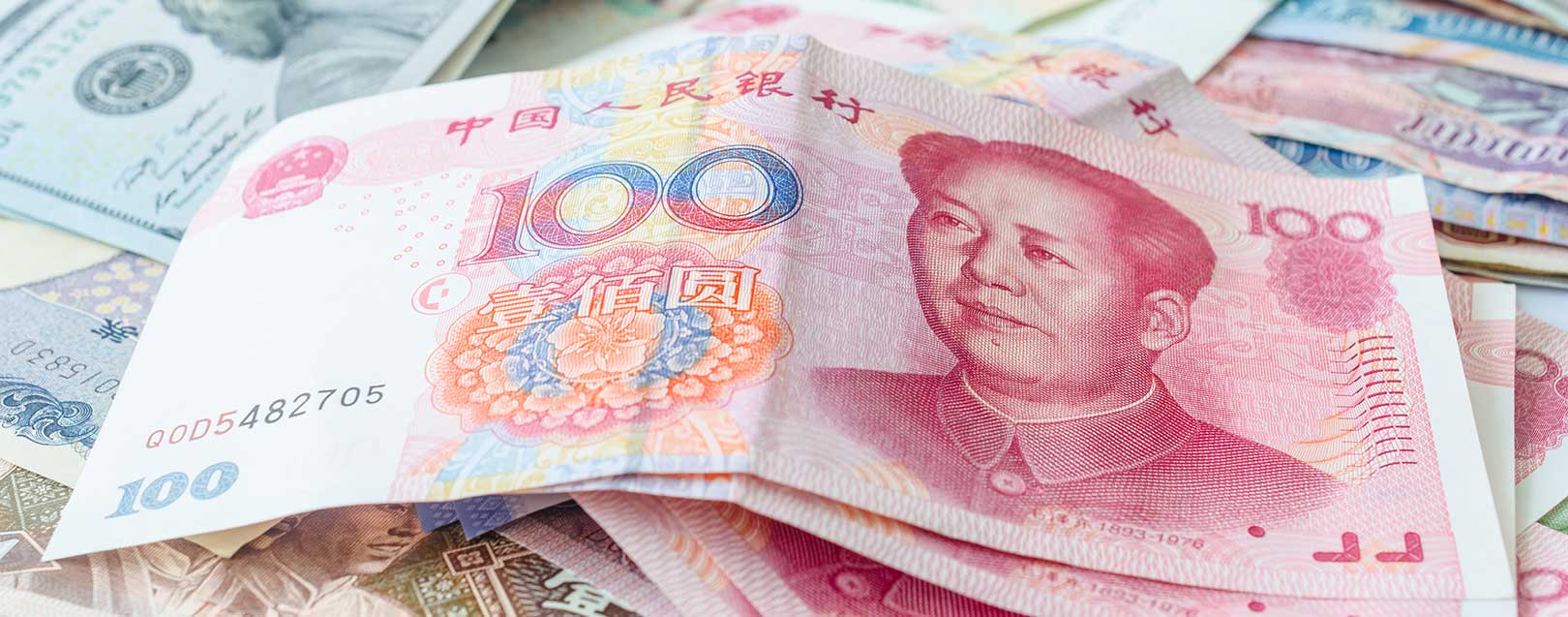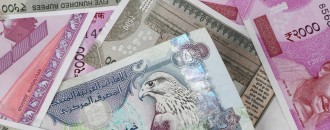
China considers change in procedure to stabilise currency
The Dollar Business Bureau
To reinforce its control on its currency, China is “considering” a modification in its procedures that would help in bringing more stability to the country’s financial system in near-term.
“We were “considering” a change in procedures that would reinforce our control of the renminbi, said Chinese officials.
This move by Beijing would probably bring more stability in short-term to the country’s financial system, which has already been the subject of new focus after the credit rating agency Moody’s Investors Service on Wednesday downgraded China’s credit rating on bonds, mentioning its rising debt.
Moody's downgraded the country’s sovereign ratings to A1, stating it believes that the financial strength of the second largest economy of the world would erode in the coming years due to slower growth and mounting debt.
The credit rating agency also changed the outlook on the country from ‘negative’ to ‘stable’, recommending no further changes in ratings for some time.
While strongly criticising the downgrade, China defended that the credit ratings were established on inappropriate approach, difficulties the economy is facing and underestimating the reforms efforts of the government.
However, a change with the currency by Beijing would indicate that the country was withdrawing from its promises that were made to the world in past few years to open up country’s financial system.
The China Foreign Exchange Trade System (CFETS), managed by the People’s Bank of China, said that it might do alterations in the way it fix a value each day around which renminbi is allowed to fluctuate.
Each weekday, the Chinese government fixes a benchmark value for the currency against what is likely to be a portfolio of currencies, while the dollar leads. The renminbi then is allowed to increase or decline in value just 2% from the set benchmark in the day. The benchmark is likely to be based on the value of renminbi the day before.
The government said on Friday that it was thinking to introduce a ‘countercyclical variable’, which means that it would not have to follow the closing price of the previous day to set the benchmark for that day.
China does not reveal much about the internal workings of renminbi, but some policy variations might be in place already.
Chinese yuan had closed at a little less than 6.9 against the US dollar, just under the psychologically significant level of 7.






 to success.
to success.